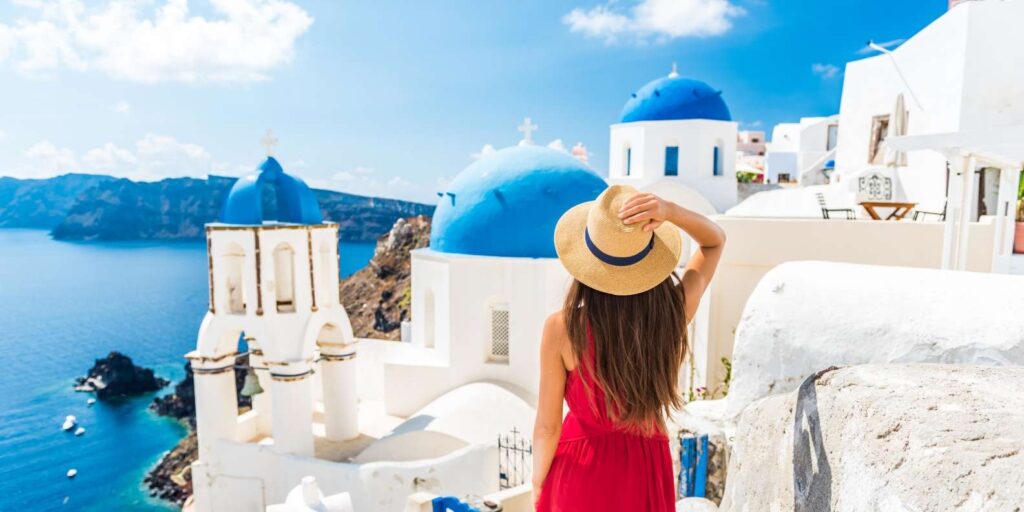
When one thinks of Paris, a tapestry of cultural marvels and iconic landmarks immediately comes to mind. The City of Light boasts a rich history and a captivating blend of art, architecture, and heritage. In this article, we embark on a virtual journey to explore three of Paris’s most iconic attractions: the Eiffel Tower, the Louvre Museum, and the Notre-Dame Cathedral.
Table of Contents
- Introduction
- Eiffel Tower: A Symbol of Romance and Innovation
- The Birth of an Icon
- Architectural Brilliance
- A Panoramic View of Paris
- Louvre Museum: A Treasure Trove of Art and History
- A Palace of Culture
- Museum Highlights
- Mona Lisa’s Enigmatic Smile
- Notre-Dame Cathedral: Gothic Grandeur and Resilience
- A Testament of Faith
- Architectural Splendor
- Rising from the Ashes
Introduction
Paris, often referred to as the “City of Love,” holds within its heart some of the world’s most cherished landmarks. Let’s delve into the stories and significance of the Eiffel Tower, the Louvre Museum, and the Notre-Dame Cathedral, three icons that define the city’s charm.
Eiffel Tower: A Symbol of Romance and Innovation
The Birth of an Icon
Constructed in 1889 for the Exposition Universelle, the Eiffel Tower was initially met with mixed reactions. Gustave Eiffel’s audacious creation, which stood as the tallest man-made structure of its time, eventually won the hearts of Parisians and visitors alike.
Architectural Brilliance
The tower’s intricate iron lattice design was a groundbreaking feat of engineering during its era. The assembly required over 18,000 iron parts, meticulously connected to form the tower’s iconic silhouette. Its open structure was a bold departure from conventional architecture.
A Panoramic View of Paris
Ascending the Eiffel Tower’s levels rewards visitors with breathtaking panoramic views of Paris. The cityscape sprawls beneath, offering an unparalleled perspective of landmarks like the Seine River, Montmartre, and the Champs-Élysées.
Louvre Museum: A Treasure Trove of Art and History
A Palace of Culture
Originally a royal palace, the Louvre transitioned into a public museum in the 18th century. Today, its grand facades and glass pyramids house an astounding collection that spans centuries and civilizations.
Museum Highlights
The Louvre’s collection is a testament to human creativity and achievement. From the ancient world’s marvels to Renaissance masterpieces, visitors can gaze upon the Venus de Milo, Winged Victory of Samothrace, and countless other cultural treasures.
Mona Lisa’s Enigmatic Smile
Among the Louvre’s treasures, Leonardo da Vinci’s Mona Lisa reigns as the most famous. The enigmatic smile of this portrait has captivated art enthusiasts and scholars for generations, making it a pilgrimage site within the museum.
Notre-Dame Cathedral: Gothic Grandeur and Resilience
A Testament of Faith
Notre-Dame Cathedral stands as an enduring symbol of Parisian faith and resilience. Its construction began in the 12th century, and the cathedral has witnessed centuries of historical events, including coronations and revolutions.
Architectural Splendor
The cathedral’s Gothic architecture is a marvel of intricate craftsmanship. Rose windows, flying buttresses, and ornate sculptures adorn its facade, narrating stories of religious significance and medieval life.
Rising from the Ashes
The world watched in collective sorrow as Notre-Dame Cathedral suffered a devastating fire in 2019. Yet, the spirit of resilience prevailed. Donations and determination have set the stage for the cathedral’s restoration, embodying the indomitable spirit of Paris.
Conclusion
Paris, with its myriad wonders, encapsulates the essence of human creativity, aspiration, and endurance. The Eiffel Tower, Louvre Museum, and Notre-Dame Cathedral stand as timeless beacons, each weaving a unique thread into the tapestry of the city’s identity.



